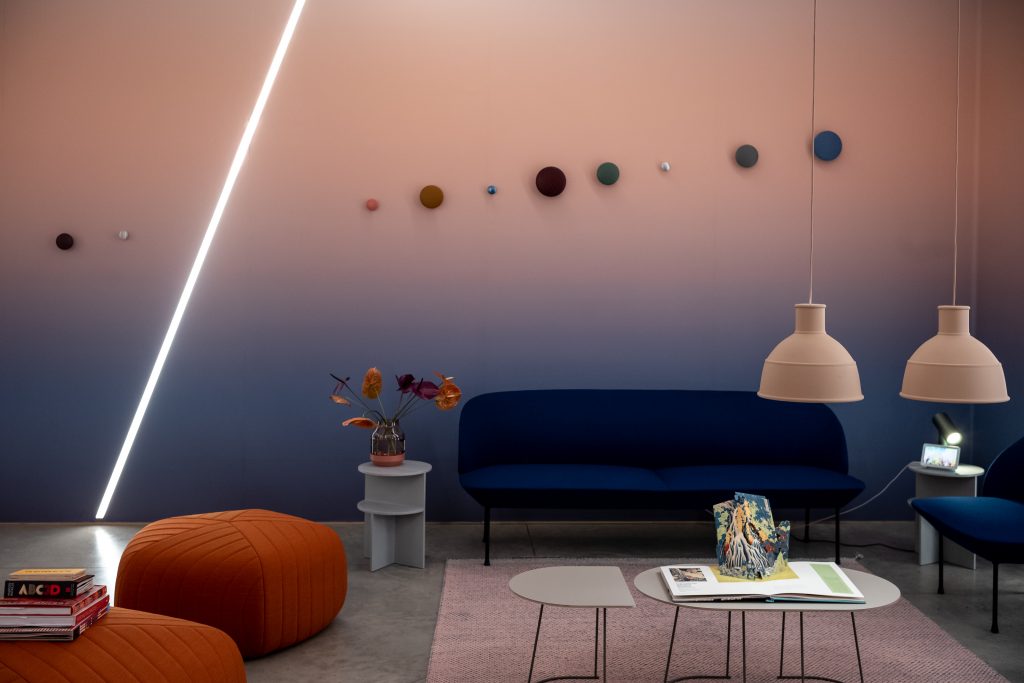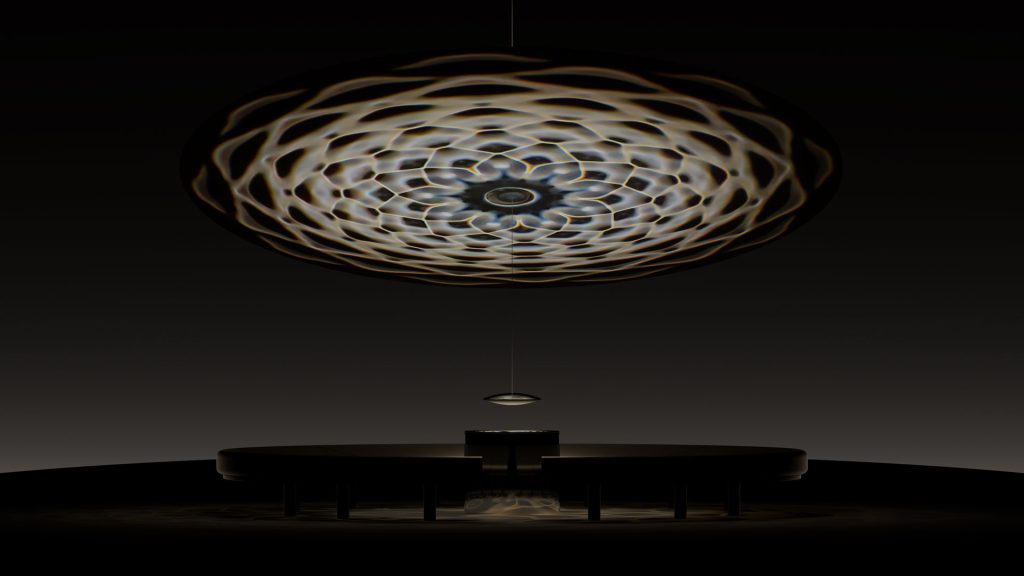Google’s “A Space for Being” at Milan Design Week
A personalized, quantified and visualized take on the individuality of how design makes us feel

Last year at Design Week in Milan, Google made its debut as a design company when it presented Softwear. Helmed by Ivy Ross, the technology brand has since gained respect and traction for thoughtfully designing physical products that maximize their software prowess. Warmer materials, softer forms and a more sophisticated color palette all contribute to the more humanized Google Home suite of devices, as well as the latest Pixel phones. But design, as we well know, is more than just color and form. Good design requires a thorough understanding of the end-user of the product and what needs and desires they bring to the table—knowledge often gathered through qualitative and quantitative research. The best designers, like Ross, are intuitive about what their audience will like so the research is more of a validation practice. “A Space for Being,” Google’s activation for this year’s Milan Design Week, brilliantly flips that model to offer visitors a quantitative look at how design makes them feel.

Visitors to the space begin by putting on a soft, comfortable wristband with contacts that pick up skin temperature, sweat, heart rate, breath rate and physical movement, while a host explains that they will visit three different spaces and the band will measure the guest’s responses. Each unique room—named Essential, Vital and Transformative—is co-created by Ross in collaboration with Reddymade Architecture and Design Studio founder, Suchi Reddy; Muuto’s Design Director, Christian Grosen and Executive Director of the International Arts + Mind Lab at Johns Hopkins University, Susan Magsamen. A soundproof, low-light vestibule precedes each room and acts as a palate-cleanser of sorts to help reset the visitor before each experience.

Art, lighting, scent, color and music all contribute to the vibe of each room. “Vibe,” perhaps, is the most simplistic definition of what Ross and team call “neuroaesthetics.” This study of how the brain responds to aesthetic experiences is critical to understanding how design can impact our biology and wellbeing. And studying these responses on an individual level, not a generalized one, supports the fact that we’re all different; we all vibrate on unique frequencies.

Exiting Transformative, the third room, visitors are greeted by a host who will transfer their data from the band to a tablet where their biological responses to each room are rendered in a watercolor doughnut in which color and shape highlight different feelings. The host will encourage a bit of introspection: does your neuroaesthetic response match your expectations as you experienced each space? In other words, are your thoughts and feelings aligned? All data is promptly deleted, but the visualization showing the moment you were most at ease is printed as a gift that’s possibly the most personalized creation happening all week here in Milan.

A Space for Being will be on view at Spazio Maiocchi 9-14 April 2019.











